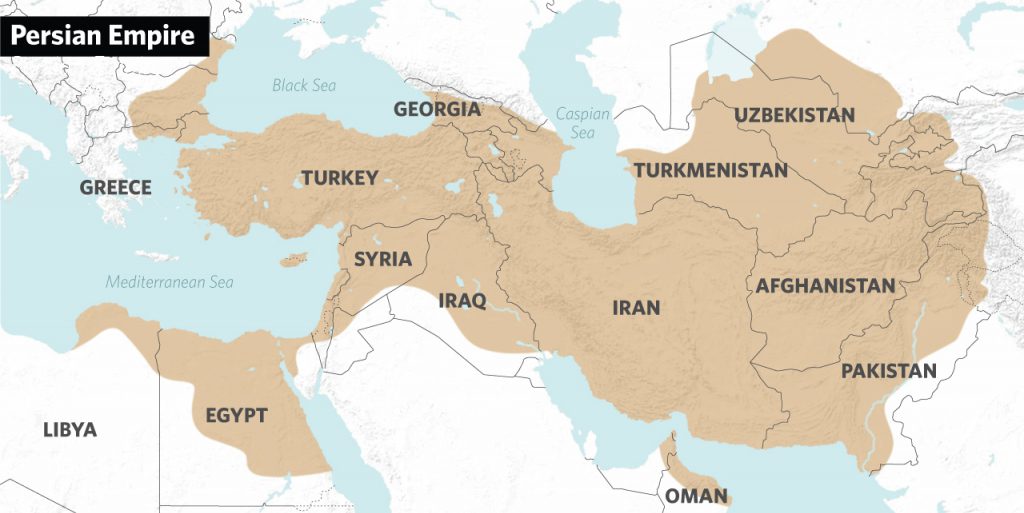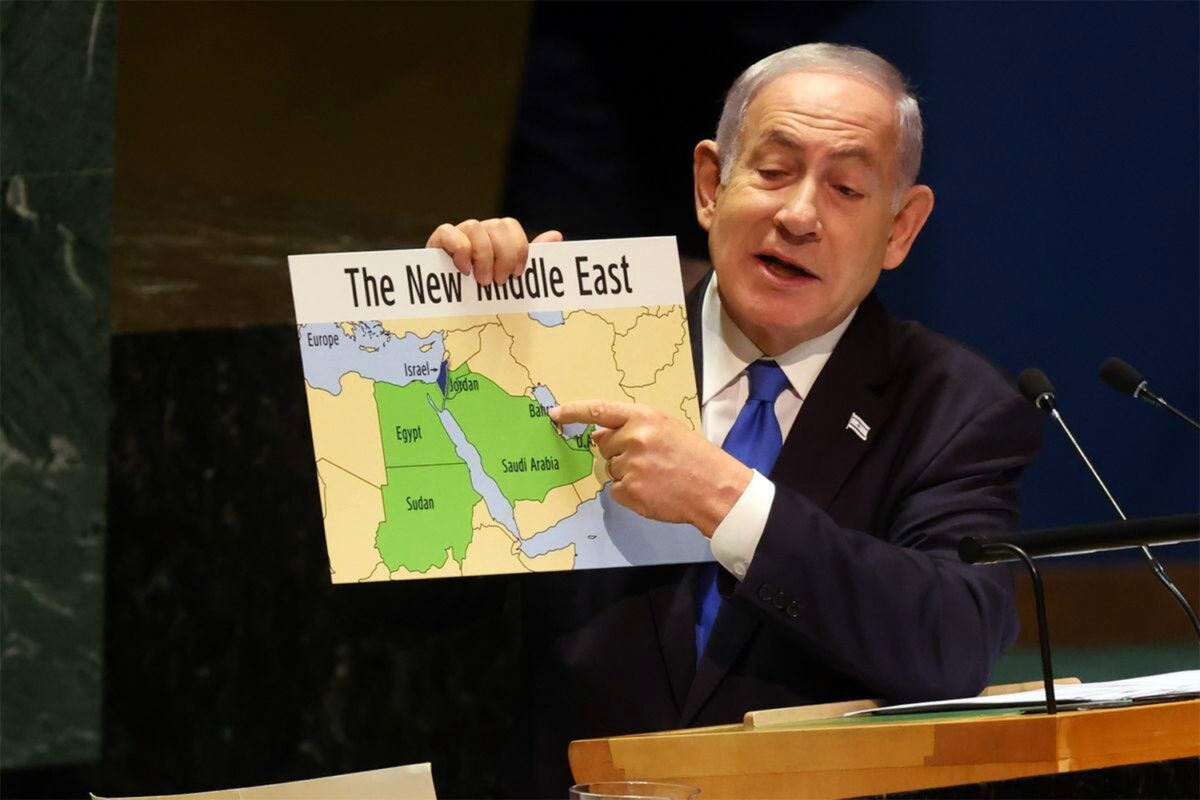By Muzammil Hussain
On 8 May 2018, the US President Donald Trump announced that the US will unilaterally withdraw from the Iran nuclear agreement, formally known as the Joint Comprehensive Plan of Action (JCPOA),[1] and will re-impose all US sanctions previously lifted or waived as part of the JCPOA. Despite US-Iran cooperation on a number of regional issues, Tehran is now learning the hard way that the US does not share any region with anyone.
The discussions on the JCPOA had been ongoing for a considerable length of time. They seemed to have reached an impasse, but the outbreak of the Syrian uprising gave added impetus to the Obama administration to finalise an agreement; without the agreement of many in the Republican Party and more notably the Zionist entity -Israel.
Despite bellicose statements against the Assad regime the US in reality had no alternative mechanism to secure its strategic aims in Syria. The continuation of a secular regime in Damascus is foremost in US strategic estimates for Syria. Most rebel groups were just not secular enough for the US. Hence, notwithstanding its rhetoric against the Assad regime, its actions betrayed its real intentions.[2]
With the Assad regime teetering on the brink of collapse in 2012, the US badly needed an Iranian intervention to buttress the regime, but the reality of Iran’s decrepit economy was that it could ill afford such an expensive undertaking. The JCPOA agreement released over $150 billion of funds for Iran, with the US being in such haste to ensure timely delivery of funds to Iran, it expedited delivery by taking the unprecedented approach of airlifting $1.7 billion in cash directly to Tehran.[3]
[perfectpullquote align=”right” cite=”” link=”” color=”” class=”” size=””]The JCPOA agreement released over $150 billion of funds for Iran, with the US being in such haste to ensure timely delivery of funds to Iran, it expedited delivery by taking the unprecedented approach of airlifting $1.7 billion in cash directly to Tehran.[/perfectpullquote]
Although the relationship between Iran and the US may seem acrimonious, but observing relations between the two “enemies” shows tacit cooperation and coordination between them, as has been a regular feature for almost three decades. Iran has facilitated and accommodated every US intervention in the Middle East and Afghanistan for the last 20 years, and has in turn benefited immensely from US policies.
The US invasion and subsequent occupation of Afghanistan was possible with Iran’s support as it sealed its 1,200 mile border with Afghanistan to prevent weapons and logistical support reaching the Taliban. This was essential to maintain the very limited stability that US has been able to achieve in Afghanistan.[4]
Iran’s significant role in Afghanistan is exceeded only by its considerable influence over Shi’ah militias in Iraq, whose co-opting into the US crafted political architecture turned the tide and prevented an embarrassing defeat for the US in Iraq.[5] The role Iran played in the US war against ISIS brings to the fore the relationship between the US and Iran. Although many theories exist why 30,000 heavily armed Iraqi troops deserted in the face, against less than 800 lightly armed ISIS fighters in Mosul: it is no secret that Iranian trained and sponsored militias halted and eventually reversed ISIS gains; with unprecedented co-ordination between them and US airpower.[6]
The war against ISIS and the Iranian involvement in Syria has bolstered the Iranian position in the region. Syria is virtually an Iranian vassal state, Iran’s proxy Hizbullah and its allies command a healthy majority in the newly elected Parliament in Lebanon and Iranian militias have successfully translated their military victories into a genuine political clout in Iraq.[7[ Iranian influence now extends from the subcontinent, through the Persian Gulf to the Mediterranean Sea, and mirrors the largest westward extent of the Sassanid Empire two millennia ago.
There is a stark and obvious difference between the situation of the Sassanid Empire and the Iran regime today. Whereas the territorial control of the former was the result of its own endeavours, the westward expansion of the Iranian regime today is purely a product of the favours bestowed upon it by the US. Despite all appearances, its control and influence remain fragile and easily reversible.
The containment of Iran is a simple matter for the US. Years of clerical mismanagement and sanctions have left the Iranian economy in ruins and without access to Western markets and financial services, especially the ability to complete financial transaction through international banking. The Iranian regime can ill afford its many foreign commitments, especially in the face of the growing realisation among ordinary Iranians that its foreign interventions directly affect the regimes ability to provide even the basic necessities for them.
Although leading European nations have publicly condemned President Trump’s decision and have refused to re-impose sanctions, there is little they can do to mitigate its effects as leading European companies will not risk losing access to lucrative US markets for the relatively modest returns available from Iran.[8]
The clerical regime in Tehran made the grave mistake and considered Washington’s reliance on it in Syria and Iraq as a indication of Iranian power. The fact that the US has been able to realise its strategic interests through Iran, without deploying considerable numbers of its own troops in wars which would damage its credibility as a world leader, shows the immense power and influence that the US wields in the region. It is power and influence that the US is not willing to share with anyone in the region despite the occasional cooperation.
With the Syrian regime in no danger of collapse and the comprehensive defeat of ISIS and the general Sunni resistance in Iraq: it is only natural that US moves to demarcate and limit the extent of Iranian expansionism and influence. Iran’s clerical regime is learning, the hard way, again, that the US works with Iran to preserve its influence not replace it.
[4] http://foreignpolicy.com/2014/07/10/the-iran-factor-in-afghanistan/
[6] https://www.thedailybeast.com/us-backs-iran-with-airstrikes-against-isis
[7] http://www.bbc.co.uk/news/world-middle-east-44027973





